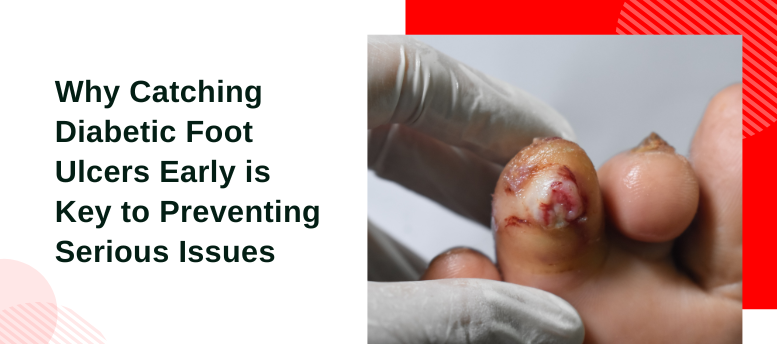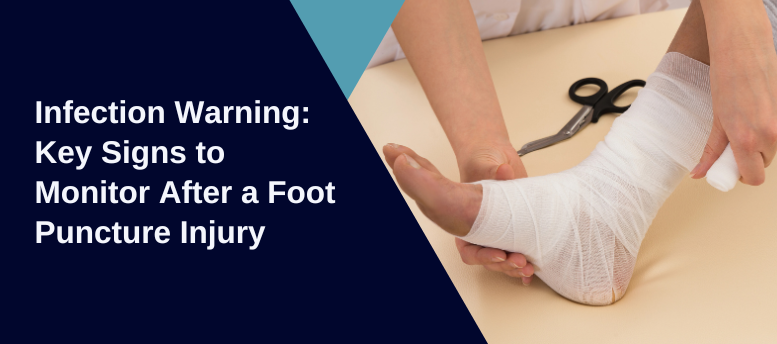We all want the younger years of our children to be filled with magic and wonder – years of joy and play. As hard as we may try to prevent accidents and injuries from happening, they can be an unfortunate occurrence as our children grow. One such injury is a broken toe.
When an adult suffers a broken toe, they understand the steps required to allow the injury to heal properly – children not so much. As any parent knows, kids are constantly on the move, and keeping them stationary is a feat unto itself. A broken toe presents unique challenges for a child, and due to the ongoing development and growth in children, a broken toe needs specialized attention immediately to avoid long term complications.
Recognizing a Broken Toe in Children
Children aren’t always able to express what they are feeling, even when it’s pain, especially those whose language is not yet fully developed. Because of this, recognizing a broken toe can be a bit tricky. As a parent or caregiver it’s important to understand these signs to ensure that your child receives the necessary care without delay. Look for these signs:
- Swelling or bruising: This is one of the first visible signs of a broken toe.
- Pain: A child persistently complaining about foot pain should be taken seriously, especially if they resist putting weight on it.
- Deformity: Any noticeable deformity or abnormal bend in the toe is a clear indicator.
Causes of Broken Toes
Children are naturally active and curious, and the incidents that can lead to a broken toe are literally endless. Common causes include:
- Accidental stubbing or tripping
- A heavy object falling on the foot
- Sports injuries
Diagnosis and Medical Evaluation
If your child suffers a toe injury, it’s vital that the nature and severity of the injury be assessed quickly. Seeking urgent care for broken bones in feet is crucial. Promptly seeking medical attention ensures an accurate assessment from a professional so that an appropriate treatment plan can be established to avoid long term complications in the future. Understanding what to expect during the visit will help parents be better prepared to support their child through diagnostic procedures. Children are often afraid of things that they don’t understand or are new to them, so a prepared and calm parent makes the assessment and treatment process much easier for the child.
If you suspect your child has a broken toe, the first step is to consult an emergency podiatrist at a specialized urgent care clinic. A typical medical evaluation includes:
- Physical examination: To assess the extent of injury and rule out other issues like sprains.
- X-rays: Essential for confirming the break and understanding its severity.
Treatment Options
Finding the right treatment for broken toe pain is crucial for both immediate relief and long-term recovery for active children. There are various ways a podiatrist tailors treatments to meet the unique needs of young patients, ensuring the injury heals correctly while minimizing pain and discomfort, including simple home remedies to potential medical interventions.
Treatment for a broken toe in children depends on the break’s severity. Options include:
- Buddy taping: Taping the broken toe to an adjacent toe can help stabilize it.
- Splints or casts: For more severe breaks, immobilization helps with proper alignment and healing.
- Pain management: Over-the-counter pain relievers can help manage discomfort.
Ensure any treatment plan is overseen by a healthcare professional specialized in pediatric podiatry to adapt to the unique needs of growing children.
Healing and Recovery
Children may heal from an injury faster than an adult, but it’s still vital that you follow the recommended care routine:
- Rest: Keeping weight off the foot is critical.
- Follow-up visits: Regular check-ups ensure the toe is healing correctly.
- Preventive measures: After recovery, consider ways to protect your child’s feet, like appropriate footwear for activities.
Conclusion
Broken toes in children require prompt and effective care to prevent long-term issues. Recognizing the signs early and consulting a specialist in pediatric foot injuries are vital steps in ensuring a full recovery. For more detailed information on broken bones in children’s feet and the services that can help, visit Urgent Care for Feet.
By addressing broken toes with the seriousness they require, you can help your child resume their activities pain-free and with confidence.




